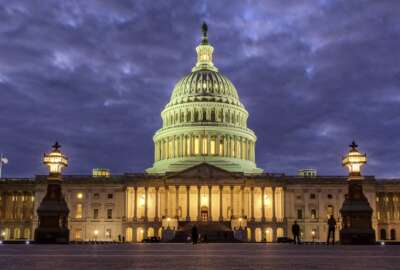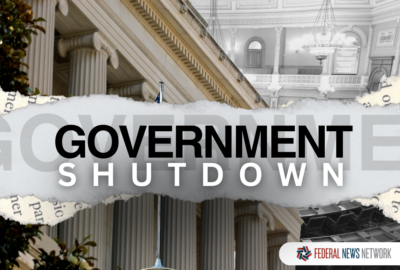Hundreds of federal scientists miss conferences in shutdown
Hundreds of government scientists are missing three major scientific conferences this week because of the partial government shutdown
The world’s largest airborne observatory was supposed to be parked in Seattle this week, so thousands of scientists attending the “Super Bowl of Astronomy” could behold this marvel: a Boeing 747 outfitted with a massive telescope used to study the fundamental mysteries of the universe.
But conference-goers will not be able to see NASA’s space-exploring plane. Its visit to the 233rd Meeting of the American Astronomical Society was canceled, one of a growing list of scientific casualties of the partial government shutdown now stretching into its third week.
Along with the plane, hundreds of government scientists are also no longer allowed to attend the conference or two other major scientific gatherings scheduled to begin this week. Those meetings will address pressing issues in the fields of technology, space exploration, extreme weather and climate change.
But the shutdown’s impact on science stretches well beyond the empty chairs at this week’s conferences, said Keith Seitter, executive director of the American Meteorological Society. It means some of the nation’s smartest scientific minds are sitting at home, not doing science, for weeks, with no clear end in sight.
“That’s difficult to recover from,” said Seitter. “We’ll be seeing ripple effects from this for a long time.”
Attendees of the events describe them as crucial opportunities for scientists from the government, the private sector and academia to exchange research and ideas. The gatherings are like three-legged stools, said Kevin Petty, the chief science officer for the private climate company, Vaisala. And this week one of the legs is missing.
“That’s the value of these conferences, it’s the people I run into in the hallway or the coffee line, start up a conversation and realize there’s a connection between what they’re doing and what I’m doing,” said Amanda O’Connor, a satellite imaging expert who is attending a weather conference. “It’s those serendipitous encounters that are lost and really important.”
Some 700 federal employees who planned to attend the American Meteorological Society conference in Phoenix are staying home. Another 500 will miss the American Institute of Aeronautics and Astronautics’ SciTech Forum and Exposition in San Diego. The American Astronomical Society estimates that between 300 and 450 scientists will be absent this week from the world’s largest annual astronomical meeting, where the NASA plane was supposed to be. But it’s hard to get a firm count, said Rick Fienberg, the organization’s press officer: Organizers emailed a survey, but furloughed government employees aren’t even allowed to check their email.
Even Jim Bridenstine, NASA’s new administrator, and the leaders of the National Weather Service are no longer able to attend the weather conference, and the organizers scrambled to replace their presentations.
Until late last week, Fienberg said the astronomical organization had hoped the politicians in Washington could work out a deal to resolve the impasse over President Donald Trump’s demands for $5.6 billion to build a wall on the southern border.
But on Thursday, employees at the National Oceanic and Atmospheric Administration, which includes the National Weather Service, were told to cancel their conference plans. Scientists and engineers from NASA and the Smithsonian were also told they couldn’t attend.
Conference organizers have scrambled to shift speakers, relax the rules to allow non-governmental employees to present the work of their federal colleagues and negotiate with hotels to allow government employee to cancel reservations made long ago.
“In the same week that the Chinese government lands a rover (on the far side of the moon) and the U.S. sends a probe to the furthest object ever visited by humanity,” said Kevin Marvel, the astronomy organization’s executive officer, “scores of scientists at all career levels are being prevented from attending our meeting.”
One concrete casualty could be the government’s ability to recruit and retain the next generation of scientists, said Seitter, with the American Meteorological Society. Take E.L. Meszaros, a doctoral student at Brown University, who had been scheduled to present her research on human-drone communication techniques at the San Diego technology conference.
But her work was funded by NASA, as was her trip to the conference. So she’s stuck at home in Rhode Island. She always imagined she’d work as a public servant. But now she has scientist friends who work for the government who haven’t been paid in weeks and are interviewing at other places.
“If you can’t guarantee that you’re going to be able to pay your employees,” she said, “then it does make you second guess whether that’s where you want to work.”
___
Associated Press writer Ben Finley contributed.
__
The story has been updated to correct that China landed a rover on the far side of the moon and to correct the description of a meeting of the American Astronomical Society.
Copyright © 2025 The Associated Press. All rights reserved. This website is not intended for users located within the European Economic Area.






